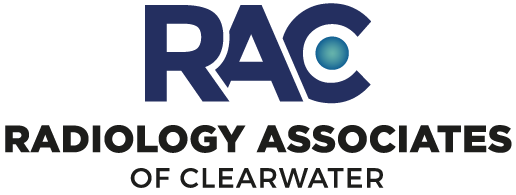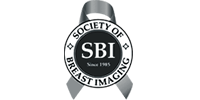MRI Arthrography
MRI Arthrography is an imaging study designed to diagnose problems within a joint (e.g., shoulder, hip, and wrist) with the aid of a contrast agent called gadolinium. When this contrast agent is introduced into the joint, it enhances the visualization of joint structures and improves MRI evaluation of joint abnormalities.
Procedure preparation
A technologist or nurse will contact you 24-48 hours prior to your appointment to review medications you are currently taking, especially pain medications and blood thinners, discuss known allergies and your medical history, as well as answer your questions.
Contact your doctor before you stop taking any medication.
Please bring previous imaging study results (MRI, CT, x-rays) such as films, reports, or CD-ROMs, if available.
If the arthrogram is to be performed on either ankle, you will need to arrange for someone to drive you home. For all other arthrograms, no driver is required.
Please notify a member of our staff if you are nursing or if there is a chance you may be pregnant.
What to expect during the procedure
Using x-ray-guidance (fluoroscopy), a radiologist will place a thin needle into the joint and inject contrast (gadolinium).
You may experience some slight pressure or discomfort as the joint is distended. The sensation is only temporary and will pass within 4-6 hours after the procedure.
X-rays will then be taken. This portion of your procedure takes approximately 20 minutes.
You will then have an MRI exam of the joint that contains the gadolinium.
MRI is one of the safest and most advanced imaging techniques available.
The procedure uses a strong magnetic field and high-frequency radio waves to image the body.
The information is gathered and a computer organizes the information into remarkably detailed pictures of the body.
The average length of an MRI is 30 minutes.
All you need to do is relax and lie still. Bring your favorite CD to play during your exam.
Because of the MRI’s magnetic field, you must remove any metallic objects, such as jewelry, watches, hairpins or barrettes.
Please inform the technologist of prior surgeries or metal implants, such as pacemakers or aneurysm clips.
What to expect after the procedure
You may resume regular activities immediately after the procedure.
The radiologist will recommend, however, that you limit strenuous or “stress-bearing” activities on the affected joint for 24 hours following the procedure.
Potential side effects
Steroid medications may cause facial flushing, occasional low-grade fevers, hiccups, insomnia, headaches, water retention, increased appetite, increased heart rate, and abdominal cramping or bloating.
These side effects are bothersome in only about 5% of patients and commonly disappear within 1-3 days after the injection.
- Home
- About Us
- Physicians
- Technology
-
Services
- General Radiology
-
Interventional Radiology
- Angiography
- Chemoembolization
- Radiofrequency Ablation
- Uterine Artery Embolization
- Vericose Vein Treatment
- Arthrography
- Discography
- Epidural Steroid Injections
- Epidurography
- Facet Joint Injections
- Kyphoplasty
- MRI Arthrography
- Nerve Root Blocks
- Radiofrequency Rhizotomy
- Sacroiliac Joint Injection
- Trigger Point Injections
- Stellate Ganglion Block
- Vertebroplasty
- Facet Nerve Injection
- Myelogram
- Neuroradiology
- Women's Imaging and Interventions
- Orthopedic and Sports Imaging
- Oncological Diagnostics and Interventions
- Cardiovascular Radiology
- Locations
- Contact









